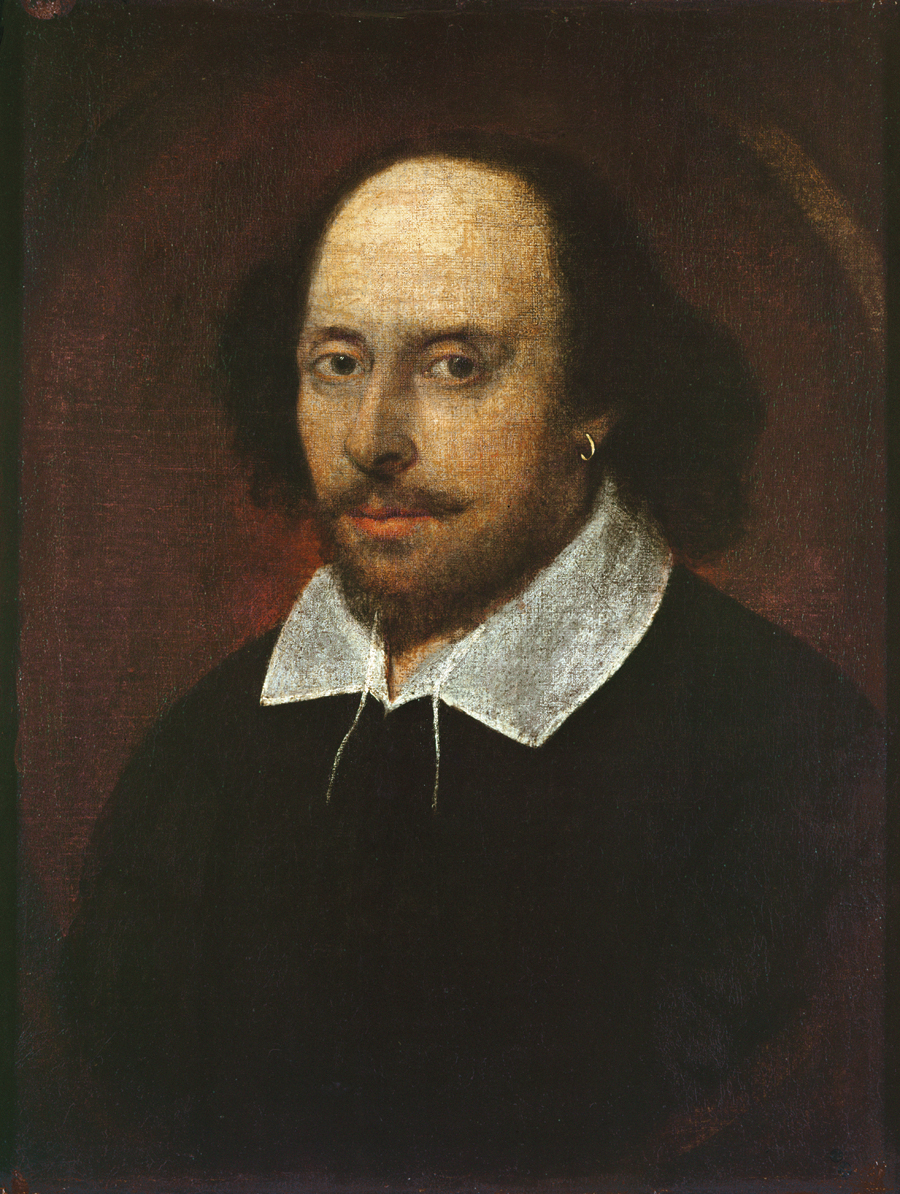Henry VI, Parts I, II, and III, are three related historical dramas by the English playwright William Shakespeare. The full titles of the plays are King Henry VI, Part I, King Henry VI, Part II, and King Henry VI, Part III. Each play is in five acts.

The three dramas belong to the first period of Shakespeare’s development as a playwright. They were written and performed between 1590 and 1592. Part I was not published until 1623, but Part II and Part III appeared in anonymous editions under different titles in 1594 and 1595 respectively. For a long time, critics doubted whether the Henry VI plays were really Shakespeare’s work, because their quality is below his usual standard. Many modern scholars now believe that Shakespeare collaborated with at least one other playwright in writing the plays. The New Oxford Shakespeare (2016) lists the English playwright and poet Christopher Marlowe as co-author of the plays.
These three plays, with Richard III, form a tetralogy (collection of four works) concerning the 60 years of political instability that afflicted England during the 1400’s between the reigns of Henry V and Henry VII. As his sources, Shakespeare used The Union of the Two Noble and Illustrious Families of Lancaster and York (1548) by the English historian Edward Hall and the Chronicles (1577) by the English historian Raphael Holinshed. The plays deal with the power struggle for the throne between the royal houses of Lancaster and York in the 30-year-long series of battles and skirmishes known as the Wars of the Roses (see Wars of the Roses).
The three parts of Henry VI present a panoramic view of the period. The action begins with the death of King Henry V in 1422. It ends with the Battle of Tewkesbury in 1471. Part I deals largely with wars between England and France. But all three plays dramatize the plots and counterplots that marked the struggle between the two royal houses.
Part I opens with the funeral of King Henry V. At this point, his son and successor, King Henry VI, is still a baby. The plot focuses on wars in France, in which the brave John Talbot is an important leader on the English side, and Joan of Arc, portrayed as a witch, is the major influence over the French. Talbot and his courageous son are killed in battle at Bordeaux. Act II, scene 4, takes place in the Temple garden in London, in which the picking of red and white roses symbolizes the conflict that is to result in the Wars of the Roses. Part I ends with the arrangement by the Earl of Suffolk of a marriage of the now 24-year-old King Henry to Margaret of Anjou, daughter of the king of Naples.
Part II opens in 1445 with the marriage of Henry and Margaret. Humphrey, Duke of Gloucester, angrily attacks the fact that England has given up Anjou and Maine to Margaret’s father as a price for her marriage. Gloucester’s wife is banished from court as a witch. Gloucester himself is arrested for treason and, with the king’s reluctant agreement, murdered. Suffolk is also banished and later killed by pirates. Richard, Duke of York, claimant to the English throne, encourages the rebellion of Jack Cade, which after initial success ends when Cade is killed. Part II ends with the Battle of St. Albans in 1455, a victory for the Yorkists in which the Earl of Somerset, a supporter of King Henry, is killed. The Wars of the Roses have begun.
Part III sees the emergence of Queen Margaret as an ambitious power behind the throne and supporter of her son’s claim to it, and of Richard, Duke of Gloucester (the future Richard III) as a Machiavellian politician. The play opens with attempts by the weak King Henry to secure peace by making the Duke of York his heir and disinheriting his own son by Margaret. A furious Margaret incites Lord Clifford to murder the Earl of Rutland, York’s youngest son. She then presides over the mock-coronation and murder of York himself. The horrors of civil strife continue, and Clifford is killed at the Battle of Towton. Henry VI is captured and Edward IV becomes king, but the fighting continues. King Edward kills the politically powerful Lancastrian Earl of Warwick at the Battle of Barnet and gains a final victory over the Lancastrians at Tewkesbury. Margaret’s young son is slain by Edward, assisted by Richard, Duke of Gloucester, and George, Duke of Clarence. Henry VI is murdered by Gloucester in the Tower of London and dies prophesying more slaughter to come. After the killing, Gloucester muses about how he will murder his way to the throne.
The Henry VI plays are confusing to read because of their large and shifting casts of characters. The plays have much greater impact when performed than when read. On the stage, the constant action, exaggerated language, and flashes of brilliant characterization result in lively historical drama.
See also Richard III.
